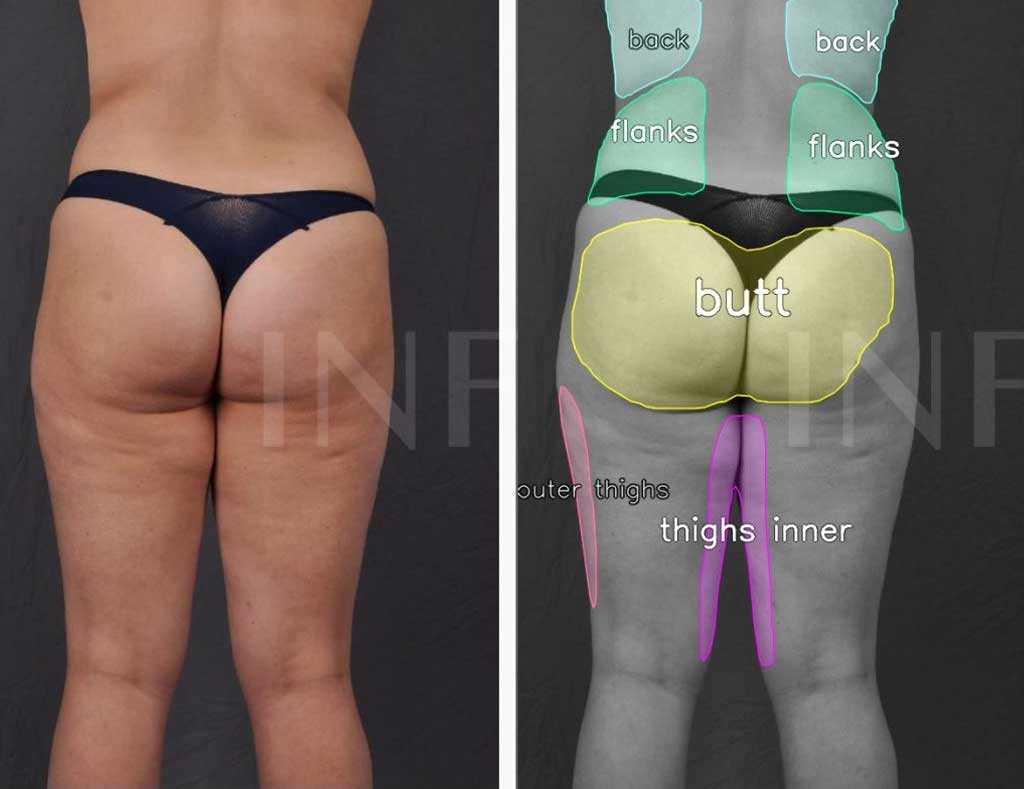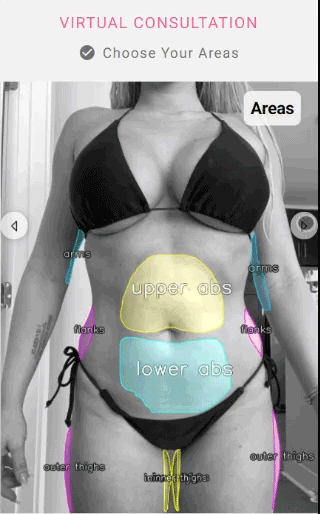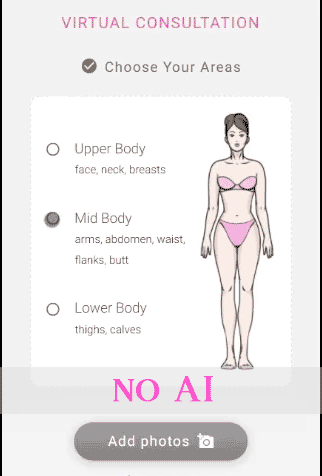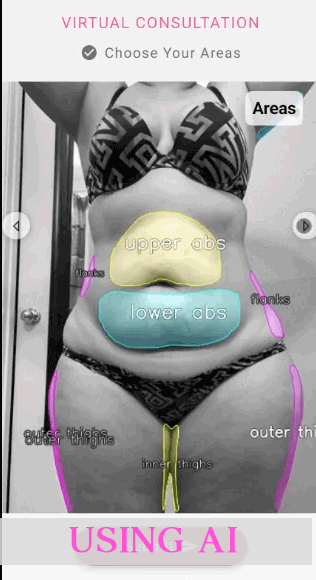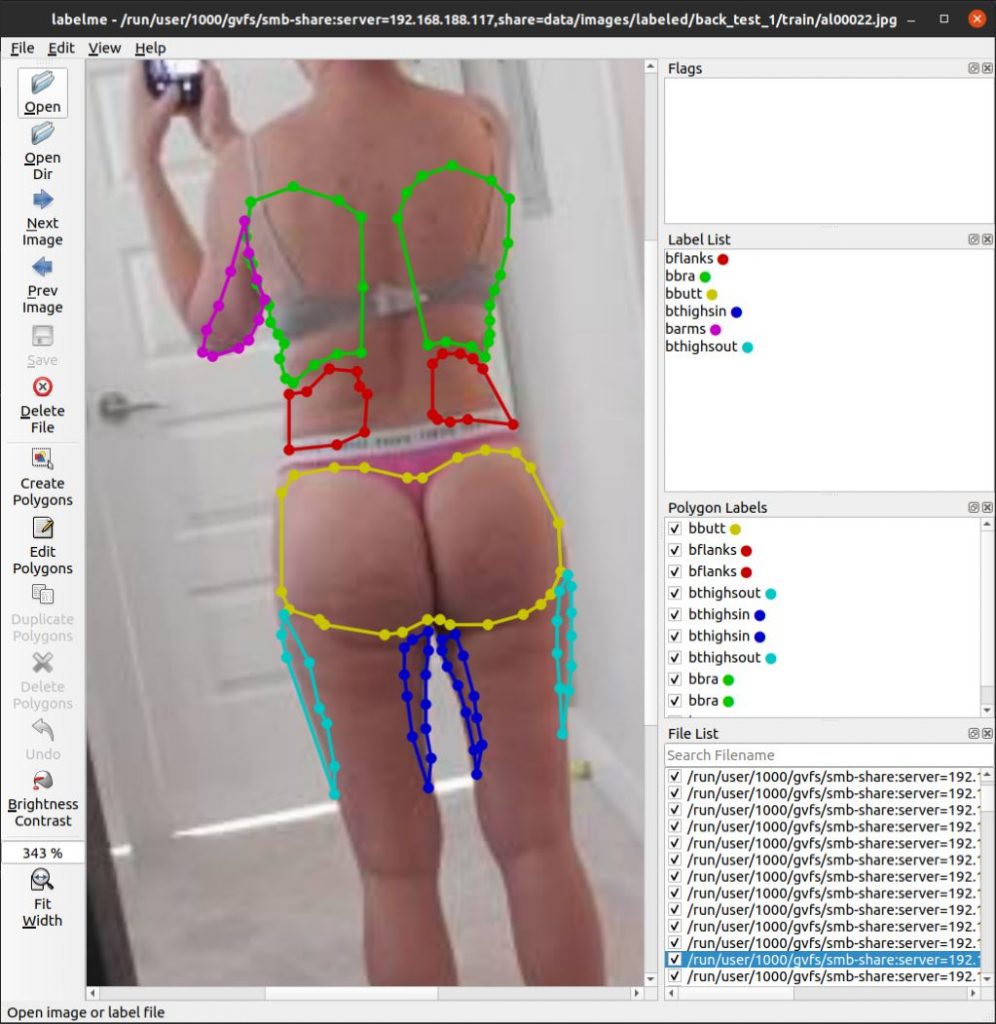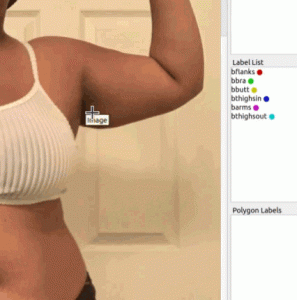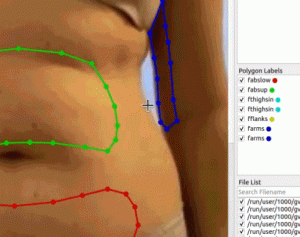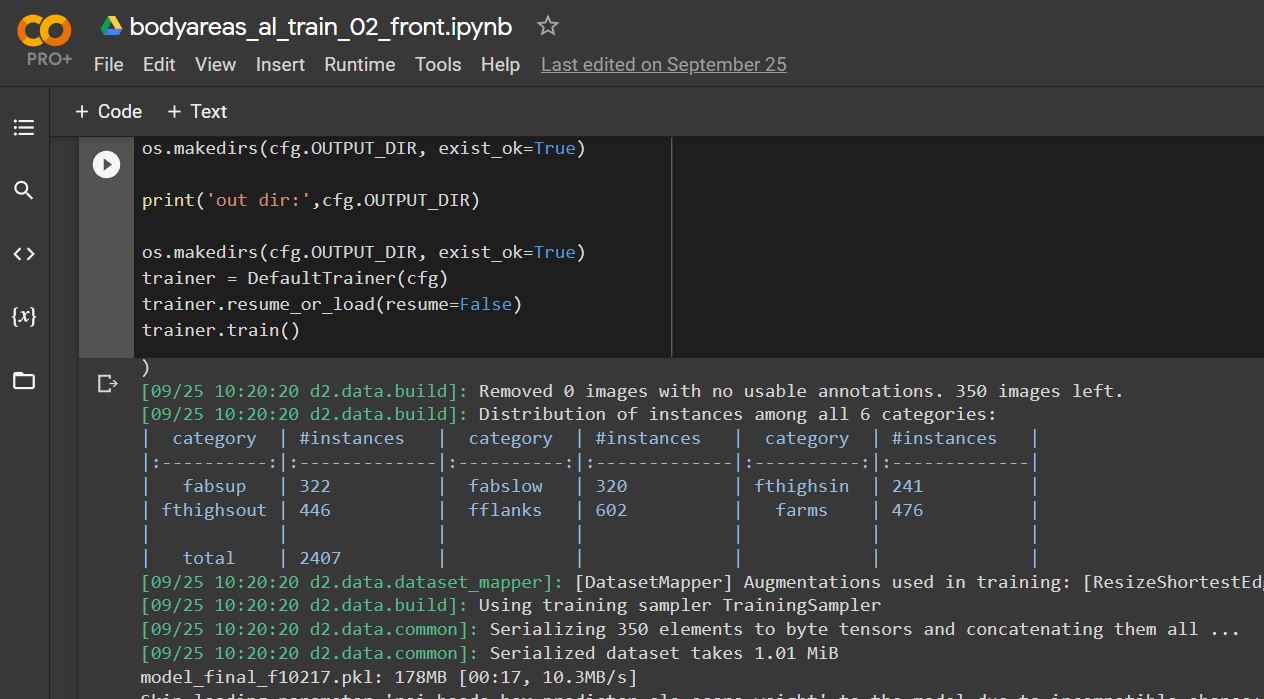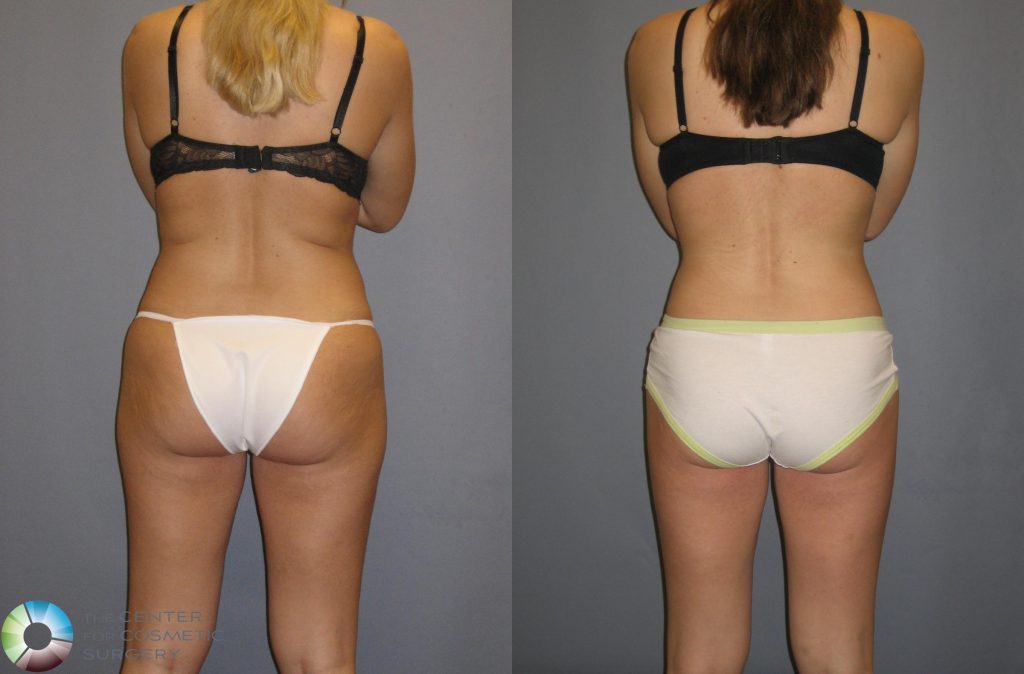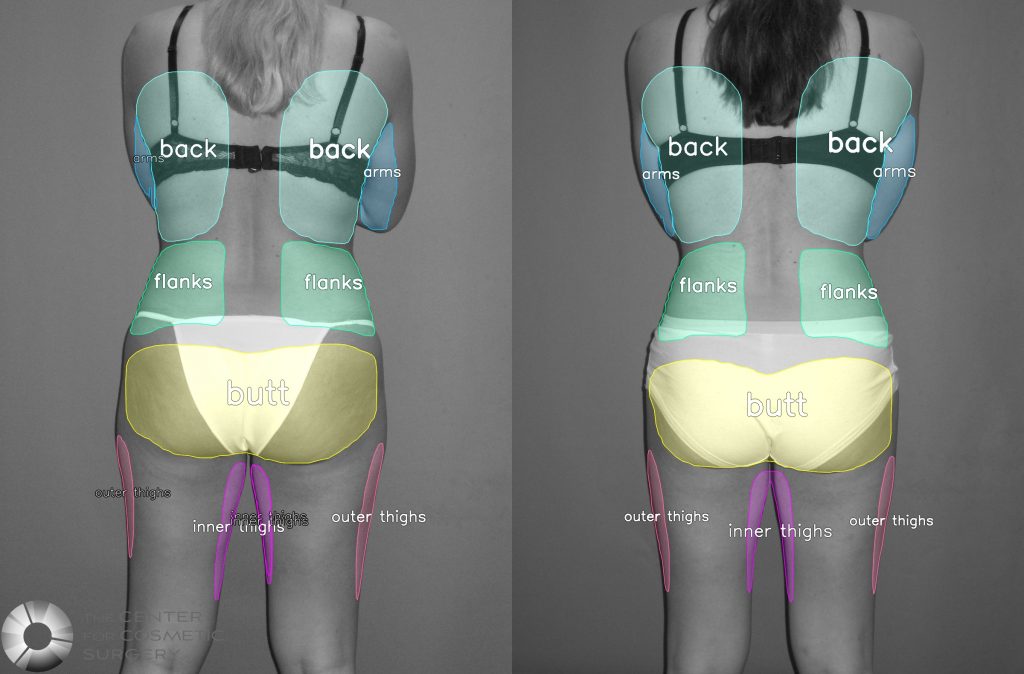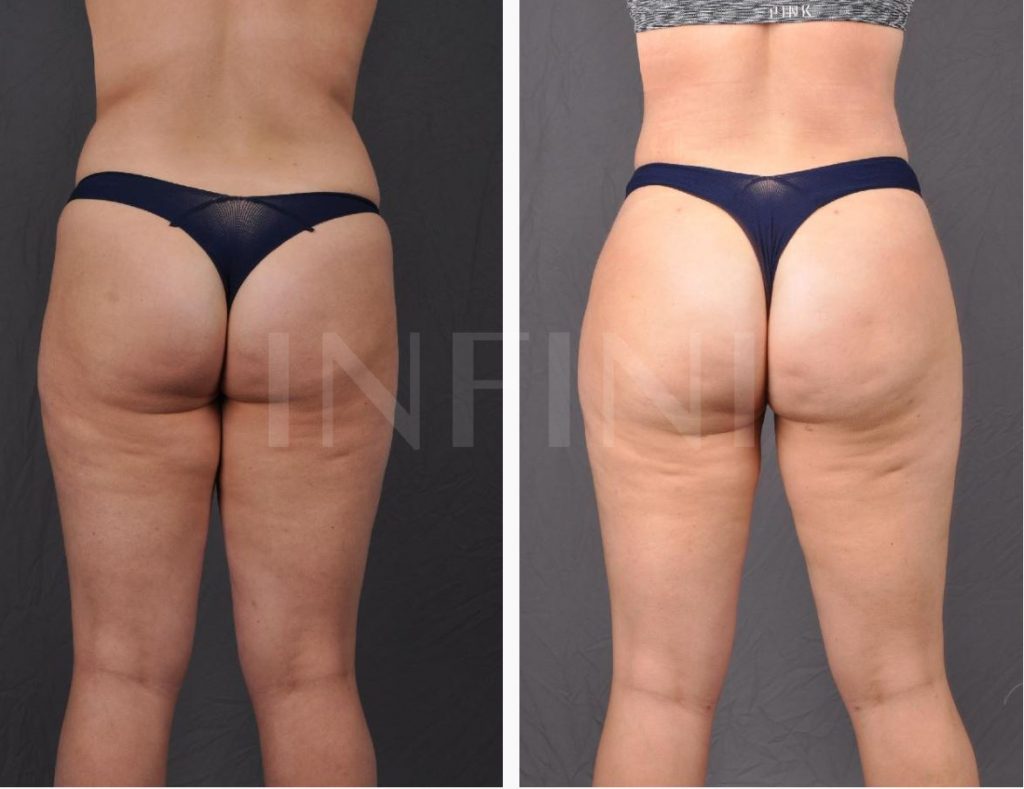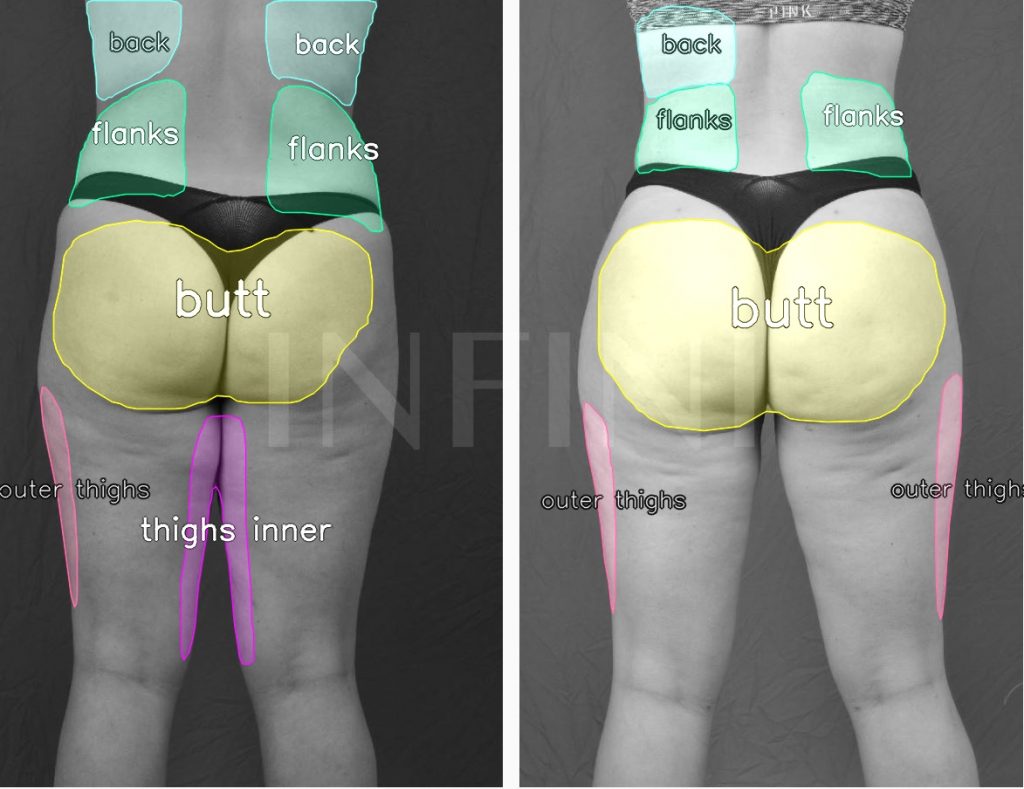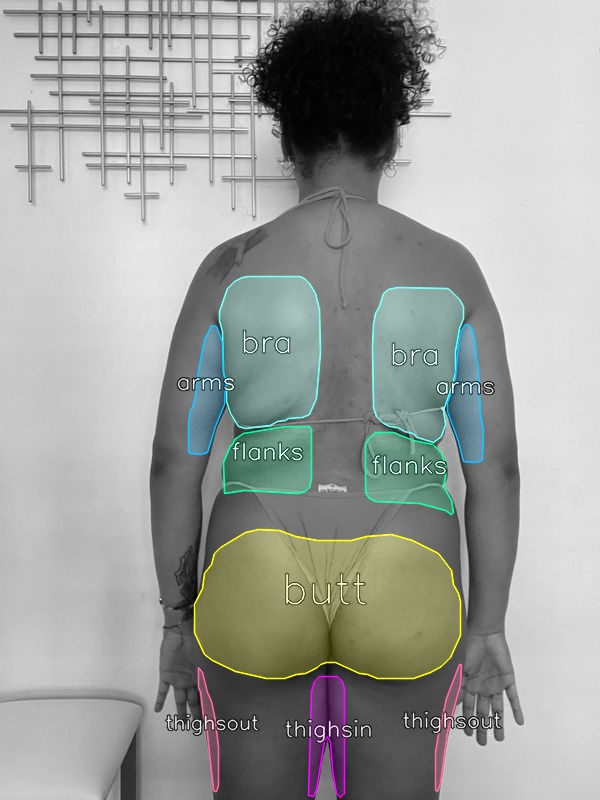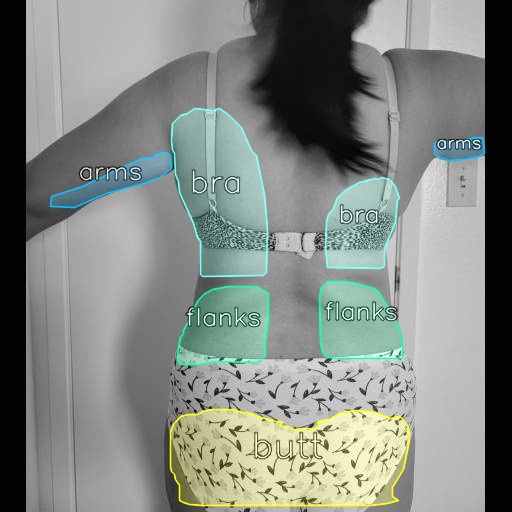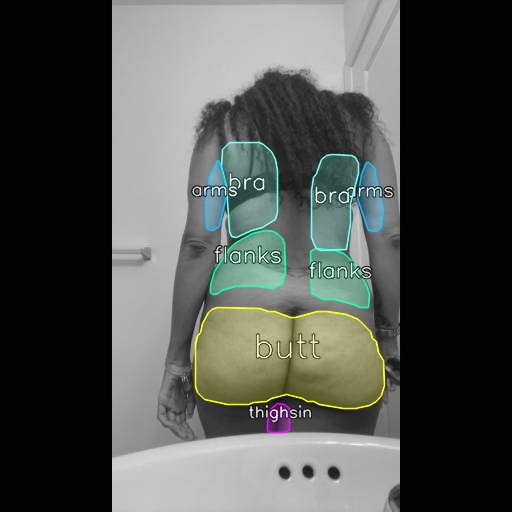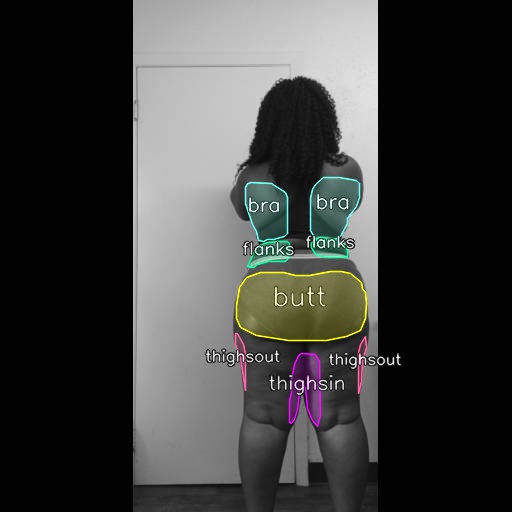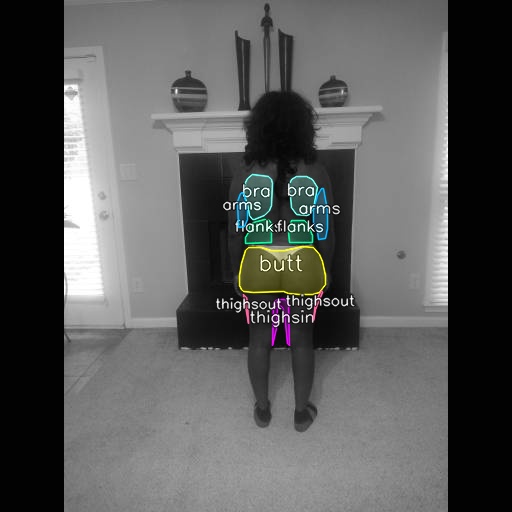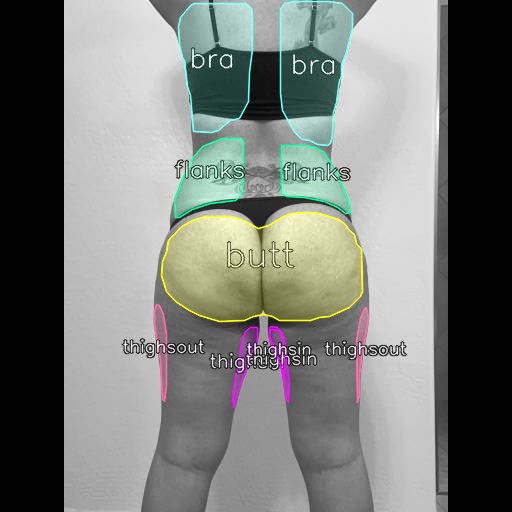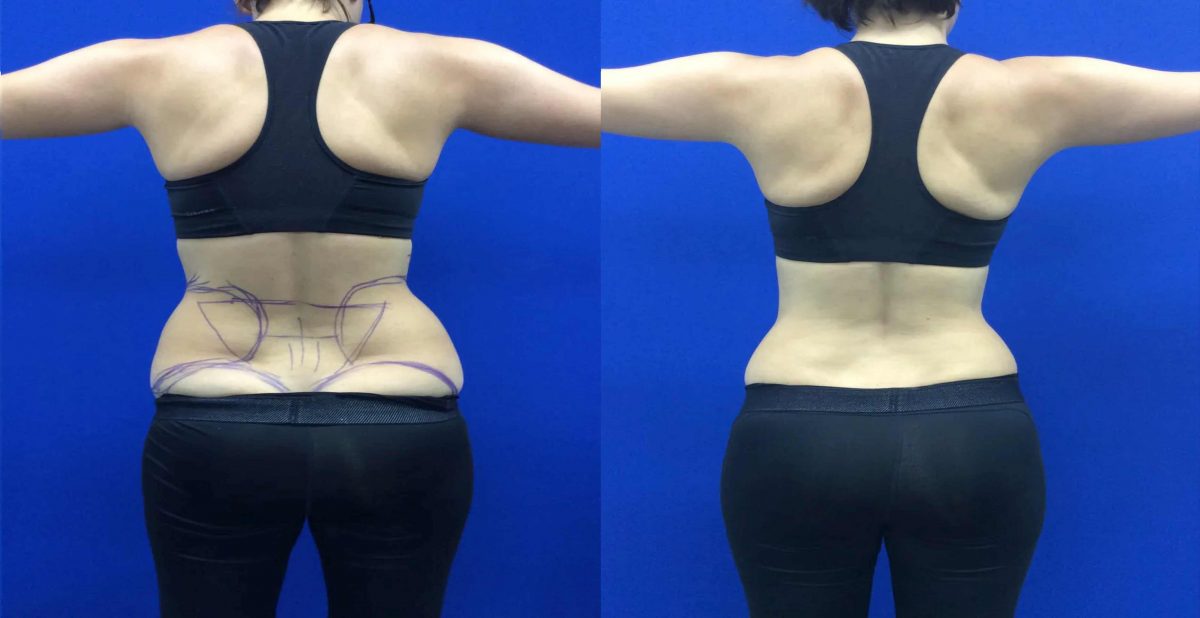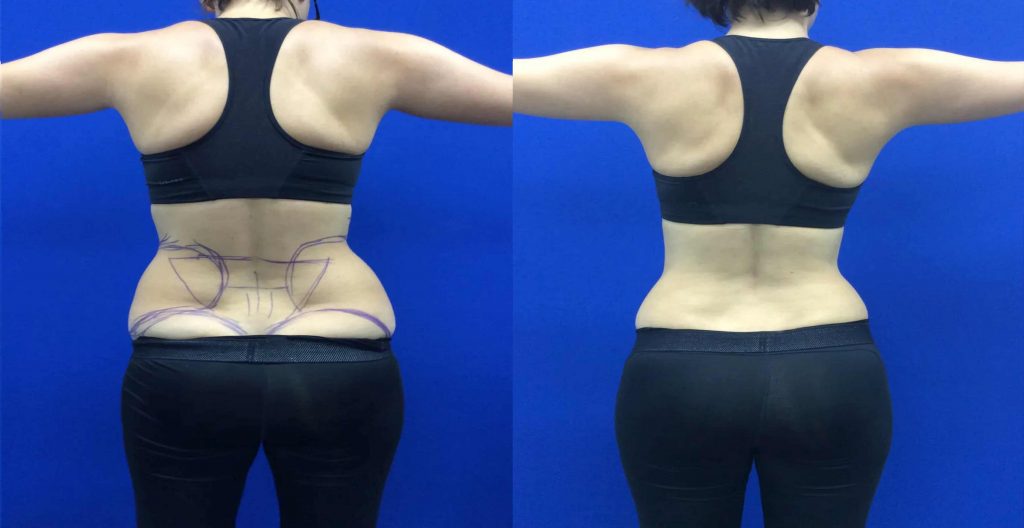Introduction
Liposuction is a cosmetic procedure that removes excess fat from specific areas of the body to create a slimmer, more contoured silhouette. This procedure involves using a thin tube called a cannula to suction away fat from targeted areas such as the abdomen, thighs, hips, and buttocks. After the procedure, it is important for patients to follow their post-operative instructions carefully in order to minimize the risk of complications and ensure a successful outcome. One of these instructions is often to receive post-liposuction massage therapy in order to reduce fibrosis and improve results.
Definition of Liposuction
Liposuction is a surgical technique used to remove excess fat deposits from certain areas of the body. It is commonly used on the abdomen, hips, thighs, buttocks, arms, and neck. During liposuction surgery, small incisions are made near the area where fat will be removed. A thin tube called a cannula is then inserted through these incisions and used to suction out unwanted fat cells. The entire process usually takes one or two hours depending on how much fat needs to be removed.

Definition of Fibrosis
Fibrosis is an abnormal accumulation of connective tissue in an organ or tissue that can cause pain and swelling due to inflammation or scarring. It can occur after any type of surgery but is particularly common after liposuction due to trauma caused by the cannula during the procedure. Fibrosis can lead to long-term problems such as lumpiness in the skin or decreased range of motion in affected areas if not treated properly.
Overview of Post-Liposuction Massage
Post-liposuction massage therapy is a type of massage designed specifically for patients who have undergone liposuction surgery. This type of massage helps reduce fibrosis by improving blood circulation in the area that was treated with liposuction and promoting lymphatic drainage which reduces swelling and bruising. It also helps improve skin retraction and reduce scarring while improving nerve function in affected areas.
Benefits of Post-Liposuction Massage to Reduce Fibrosis
Post-liposuction massage is a treatment that can help reduce the risk of fibrosis, which is a common complication following liposuction surgery. Fibrosis occurs when scar tissue forms in the area where liposuction was performed, resulting in a lumpy and uneven appearance of the skin. By performing post-liposuction massage, it can help reduce this risk and improve the overall outcome of the procedure. In this section, we will discuss the various benefits of post-liposuction massage to reduce fibrosis.
Improved Blood Circulation
One of the primary benefits of post-liposuction massage is improved blood circulation in the treated area. This is important because increased blood flow helps promote healing and reduce inflammation, both of which are essential for preventing fibrosis from occurring. Additionally, increased blood flow helps nourish and oxygenate tissues, allowing them to regenerate more quickly and efficiently after surgery.
Reduced Swelling and Bruising
Another benefit of post-liposuction massage is reduced swelling and bruising in the treated area. This is due to improved lymphatic drainage and circulation, as well as increased collagen production caused by massaging the area with special oils or creams. This helps reduce swelling and bruising, as well as improving skin texture over time.
Improved Skin Retraction
Post-liposuction massage also helps improve skin retraction in the treated area by stimulating collagen production and promoting elastin fibers formation beneath the skin’s surface. This helps create a smoother contour to the body shape while reducing any lumps or bumps that may have been caused by fibrosis formation after surgery.

Reduced Scarring
Post-liposuction massage can also help reduce scarring in the treated area by increasing circulation to promote healing and encouraging new cell growth in damaged areas. Additionally, massaging with special oils or creams can help soften existing scars while helping to prevent new ones from forming after surgery.
Improved Nerve Function
Finally, post-liposuction massage can improve nerve function in the treated area by stimulating sensory receptors beneath the skin’s surface. This helps improve sensation in areas where numbness may have occurred due to trauma or injury during surgery or recovery period afterwards. Additionally, improved nerve function can help reduce pain associated with fibrosis formation after liposuction procedures as well as other complications such as infection or excessive bleeding risk discussed later on in this blog post.
Post-liposuction massage helps reduce fibrosis risk, improve blood circulation, reduce swelling/bruising, improve skin retraction, reduce scarring and improve nerve function.
Risks and Complications
Post-liposuction massage can be beneficial in reducing fibrosis, but it is important to be aware of the risks that come with it. While the procedure is generally safe, there are some potential complications that should be taken into account before deciding to undergo post-liposuction massage.
Infection Risk
The most common risk associated with post-liposuction massage is infection. As with any surgical procedure, there is always a risk of infection from bacteria entering the body through incisions or other openings. To reduce this risk, it is important to ensure that the area where the massage will take place is clean and sterile prior to the procedure. Additionally, antibiotics may be prescribed before and after the procedure to further reduce the risk of infection.

Excessive Bleeding Risk
Another potential complication of post-liposuction massage is excessive bleeding during or after the procedure. This can occur if too much pressure is applied during the massage or if blood vessels are damaged during the process. To reduce this risk, it is important to ensure that a qualified professional performs the massage and takes care not to apply too much pressure during the procedure.
Overall, post-liposuction massage can be a beneficial treatment for reducing fibrosis after liposuction surgery; however, it is important to be aware of the potential risks and complications associated with this type of procedure before deciding whether or not to undergo it. By taking proper precautions and following all instructions provided by your doctor, you can minimize your risk of complications while still reaping the benefits of post-liposuction massage.
|
Risk/Complication
|
Description
|
|
Infection Risk
|
Bacteria entering the body through incisions or other openings. Antibiotics may be prescribed before and after the procedure to reduce risk.
|
|
Excessive Bleeding Risk
|
Too much pressure applied during massage or if blood vessels are damaged during process. Qualified professional should perform massage and take care not to apply too much pressure.
|
Conclusion
Post-liposuction massage is a beneficial treatment for reducing fibrosis after liposuction. This massage technique helps to improve blood circulation, reduce swelling and bruising, improve skin retraction, reduce scarring, and improve nerve function. Although there are some risks associated with post-liposuction massage, such as infection and excessive bleeding, these risks can be minimized by ensuring that the massage is performed by a qualified professional in a sterile environment.
Overall, post-liposuction massage provides numerous benefits for those who have undergone liposuction surgery. It helps to reduce the risk of fibrosis and other complications associated with liposuction surgery. By improving blood circulation, reducing swelling and bruising, improving skin retraction, reducing scarring, and improving nerve function, post-liposuction massage can help individuals achieve their desired results from liposuction surgery. Additionally, it can also help to minimize the risk of infection and excessive bleeding when performed in a safe environment. Therefore, post-liposuction massage is an effective way to reduce the risk of fibrosis following liposuction surgery.


















